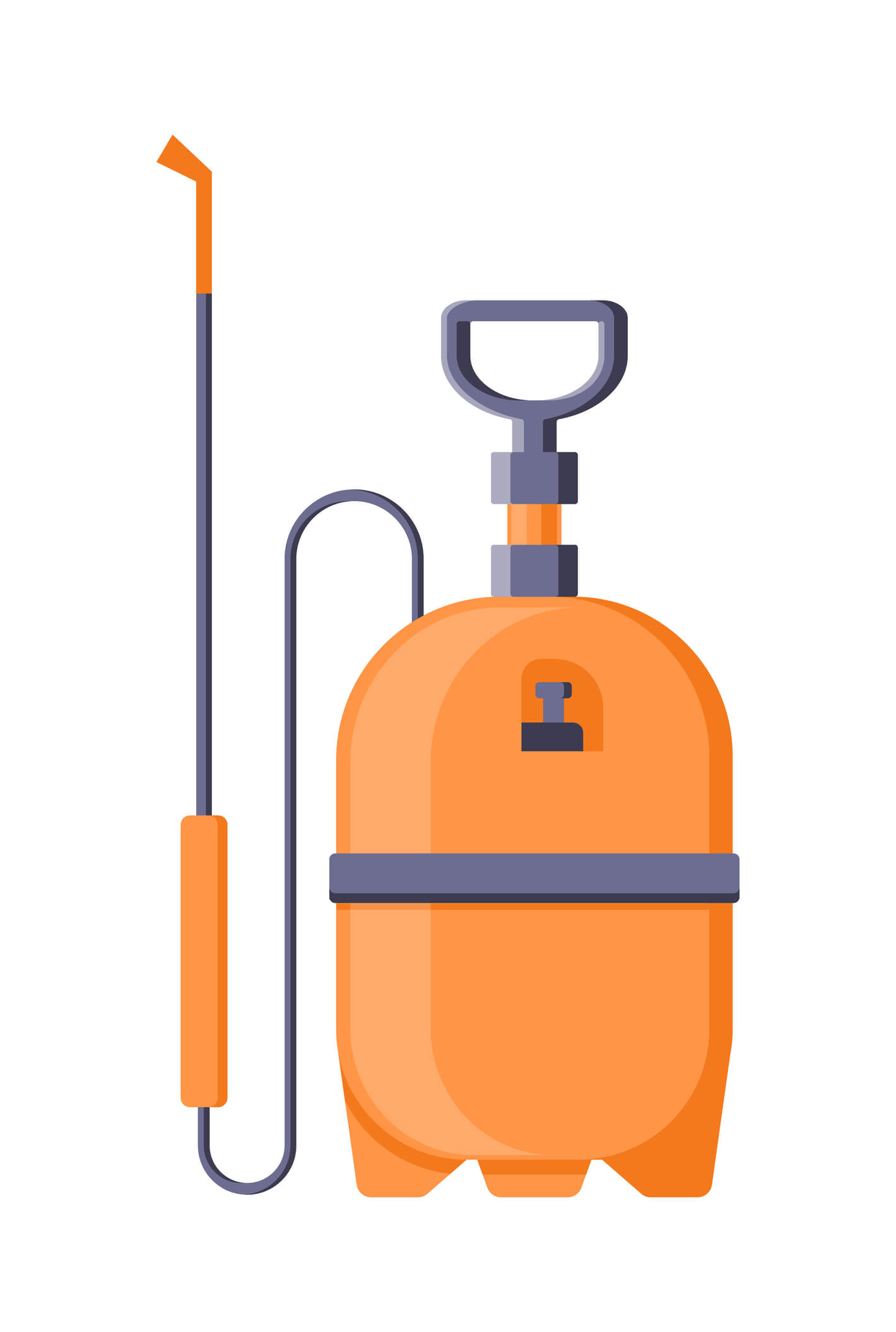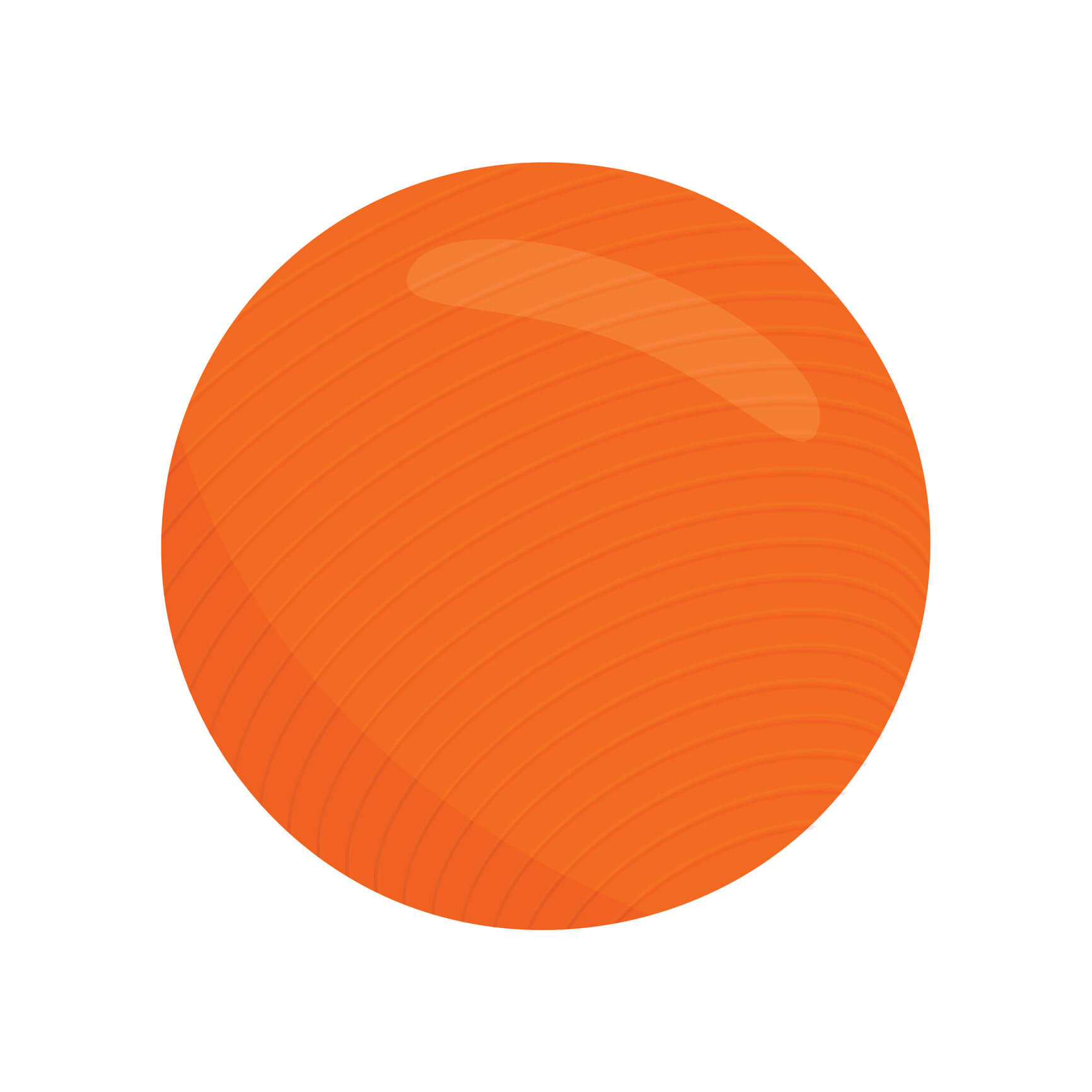
Tysers announces senior roles for Tysers Singapore
Tysers is delighted to announce the appointment of Babita Rai as CEO, Tysers Singapore, and William Furness-Smith as Head of Marine, APAC. Babita Rai Babita…
If you sell, supply, install or repair products, then you will already be acutely aware of the importance of Product Liability insurance, which will cover legal costs and the cost of compensation awarded if you face a Product Liability claim.
Product Liability claims are common civil legal proceedings pursued as a result of injury, illness, death or property damage caused by alleged faulty products.
Most Product Liability cases fail to garner widespread media attention, because the majority of cases are settled out of court. However over the years, there have been several high-profile cases that have hit the headlines.
In this article we’ve curated 5 of the most famous product failures that led to high profile Product Liability cases and some guidance on how you can financially protect your business from Product Liability claims.

Perhaps the most famous product liability case of all time is the McDonald’s ‘Hot Coffee Case’ where the fast food giant was sued after a 79 year old woman, Stella Liebeck, spilled a cup of hot coffee on herself. The case became synonymous with the idea of frivolous litigation however the details of the case are often misreported.
At the time of the case, McDonald’s coffee (the ‘product’) was being sold at between 180-190 degrees Fahrenheit, hot enough to cause third degree burns within seconds. The injuries sustained by Liebeck were so severe she had to be hospitalised for eight days, with third degree burns on over 16% of her body which required skin grafts – despite this she only initially intended to claim for her medical bills. Liebeck never received close to the reported $3 million – it was the jury who awarded Liebeck $200,000 in damages (later reduced to $160,000), and McDonalds were fined $2.7 million (later reduced to $480,000) in punitive damages.
Media coverage of this case doubtless impacted the McDonalds brand reputation with the actual cost being intangible.

A landmark case for tobacco negligence occurred in 2002 when Betty Bullock, a 64 year old woman with inoperable lung cancer sued Phillip Morris tobacco for negligence, strict product liability and fraud.
During the case it was demonstrated that the company had known that tobacco smoke caused lung cancer since the 1950s, and that nicotine was a highly addictive substance, however the evidence was never made public knowledge. Furthermore it was established that tobacco companies campaigned to convince the public that smoking was not harmful or addictive and even marketed tobacco products to children.
$28 billion in punitive damages (later reduced to $28 million after an appeal from Phillip Morris) was awarded in the case of Bullock v Phillip Morris tobacco, with Bullock personally receiving $850,000 in damages.

Although Roundup Weedkiller wasn’t developed by German chemical and pharmaceutical company Bayer, they purchased Monsanto (and Roundup Weedkiller) in 2018 and therefore inherited the ongoing cases against Roundup.
Bayer are currently defending a number of Product Liability lawsuits that allege glyphosate, a key ingredient in Roundup, has caused many individuals to develop Non-Hodgkin’s Lymphoma, a form of cancer.Despite continuing to argue there is no conclusive evidence that glyphosate causes cancer, Bayer have paid out around $11 billion to settle over 100,000 lawsuits, with thousands more cases pending.
Note: Bayer may have been covered for many of these inherited claims from an agreed retroactive date under a ‘claims made’ Product Liability policy – more information is provided on the types of Product Liability below.

NBA player Francisco Garcia and The Sacramento Kings brought about a Product Liability case against Ledraplastic, after Garcia sustained serious injuries whilst using one of their exercise balls. Garcia was lifting weights whilst balancing on the exercise ball when the ball burst, causing him to fall and fracture his forearm, among other injuries.
Ledraplastic had marketed its exercise ball as ‘burst resistant’ and able to withstand up to 600lbs (Garcia claimed the ball burst whilst he was carrying only 180lbs of weights), but during testing the incident was recreated again and the ball burst under 400lbs of weight.
Garcia had just signed a $300 million contract with the Sacramento Kings at the time of the injury, which caused him to miss part of the season and struggle with reoccurring injuries. Garcia and the Kings sued Ledraplastic for breach of Manufacturers warranty (a form of Product Liability claim), as the product did not perform as advertised and caused serious injury. The case was settled out of court, with the final settlement remaining confidential – however the amount is likely to be significant due to the high wages paid to NBA players. Ledraplastic were also required to include an appropriate warning on the product, not to use whilst lifting free weights.

In 2011, Blitz, the biggest manufacturer of gasoline cans in the USA filed for bankruptcy after several product liability claims were brought about from exploding gas cans which caused burns, severe injury and in some cases death. Wal-Mart, the main retailer of the product, were also accused of knowingly selling a faulty product.
Blitz argued majority of cases were from people pouring gasoline onto open fires, and they had issued warnings about these dangers – however there were several cases where gas cans had exploded without being poured on open flames. The prosecution claimed that injuries could have been prevented by fitting a flame arrestor on the cans, which would have prevented flames igniting gas vapours from inside the can.
The final settlements for these claims totalled around $161m, with Wal-Mart contributing around $25m to the settlements, despite maintaining they held no liability for the product.

Product Liability claims are brought about from an alleged faulty product which has caused injury, illness or property damage. Manufacturers, and sellers of goods at all levels could be held liable for a range of alleged defects.
Product Liability claims can be made based on one, or more, of these alleged defects:
1. Design Defect – a flaw in the design of the product, which makes it dangerous even when manufactured correctly.
2. Manufacturing Defect – a defect caused by something that went wrong in the manufacture of the product. Unlike a design defect, this fault will appear in some products but not the entire product line.
3. Marketing Defect – inadequate or non-existent warnings about a product’s intended use, or incorrect instructions which can lead to the product being used in a dangerous way.
Even with the best intentions and most rigorous testing processes, your business may face a Product Liability claim. This could be due to:
It’s also important to consider that even if you successfully defend a Product Liability claim, legal representation and court fees throughout the lengthy process can be incredibly costly.
Manufacturers and Retailers can protect themselves financially from Product Liability claims by ensuring they have Product Liability Insurance with the appropriate policy limits in place.

Product Liability Insurance is designed to cover the cost of compensation to anyone who is injured, or whose property is damaged by a faulty product.
Sellers of goods at all levels (manufacturers, intermediaries and retailers) in the supply chain may incur liability to their customers and others for death, injury, illness of damage to their property caused by defective goods.
Product Liability Insurance includes cover for compensation payments and any associated legal costs, but will not cover the cost of replacing the defective product itself.
There are two main types of policy cover; claims occurring and claims made:
A ‘claims occurring’ policy will cover claims for liabilities which arise from injury or damage which has occurred within the policy period (typically 12 months). This type of cover may provide adequate protection for new businesses which have just started to manufactured, distribute or sell products, as there will be no chance of historic liability claims. A ‘claims made’ policy however will cover claims which are made within the policy period, regardless of when the alleged injury or damage occurred.
A ‘claims made’ policy will cover liabilities from the commencement of your original policy start date, or an agreed retroactive date. This type of policy may be more appropriate for most businesses which manufacture, sell or distribute products as it provides cover outside of the current policy period. For businesses involved in a merger or acquisition of another company which also produces or sells products, it would be advisable to purchase Product Liability cover on a ‘claims made’ basis as you could be held liable for claims made regarding alleged faulty products manufactured or sold by the acquired company.
Product Liability Insurance is often arranged as an extension to Public Liability Insurance, but unlike Public Liability the policy will normally only cover damages and legal fees up to the agreed aggregate policy limit. It is therefore important to consider the realistic worst case scenario when deciding your policy limit. If you are unsure on how much cover you require, speak to an experienced broker who can conduct a review of your business risks and recommend the right level of cover.
All Product Liability policies will be subject to some exclusions – these will vary by policy, therefore it’s important to check your policy documents carefully to ensure you are covered for all key business activities.
Some common exclusions include:
Many UK policies may also exclude products exported to or sold in the USA and Canada due to the high legal costs and compensation awarded by the North American legal systems.
If you are starting out on a new business venture or looking to expand your current business’ activities and are unsure which cover you require, contact your Tysers broker who can advise you on the best policy based on your individual requirements. This may include a review of your existing policies, sector risks and other risks that may be unique to your business to provide a full picture of the potential liabilities your business may face.
You can also contact us here.
